
AI Infra for Production: Why GPU Resource Management in Kubernetes Demands a New Approach
Kubernetes was never designed for the realities of real-time, production inferen…
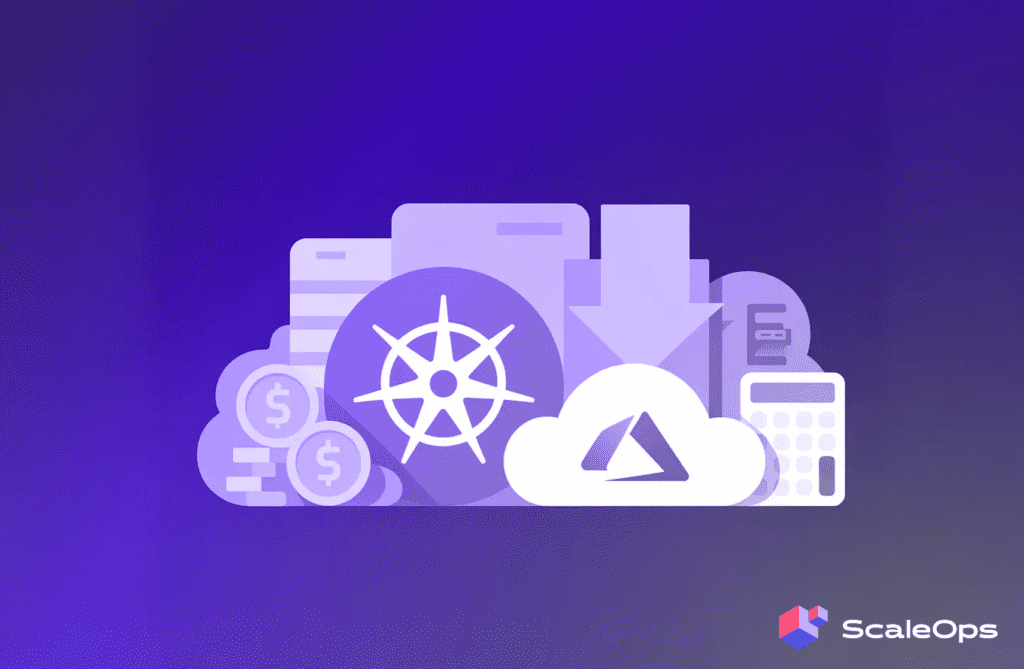
Azure Kubernetes Service (AKS) removes much of the operational heavy lifting of running Kubernetes. However, you still decide on the number of clusters, node po…

Kubernetes was never designed for the realities of real-time, production inferen…
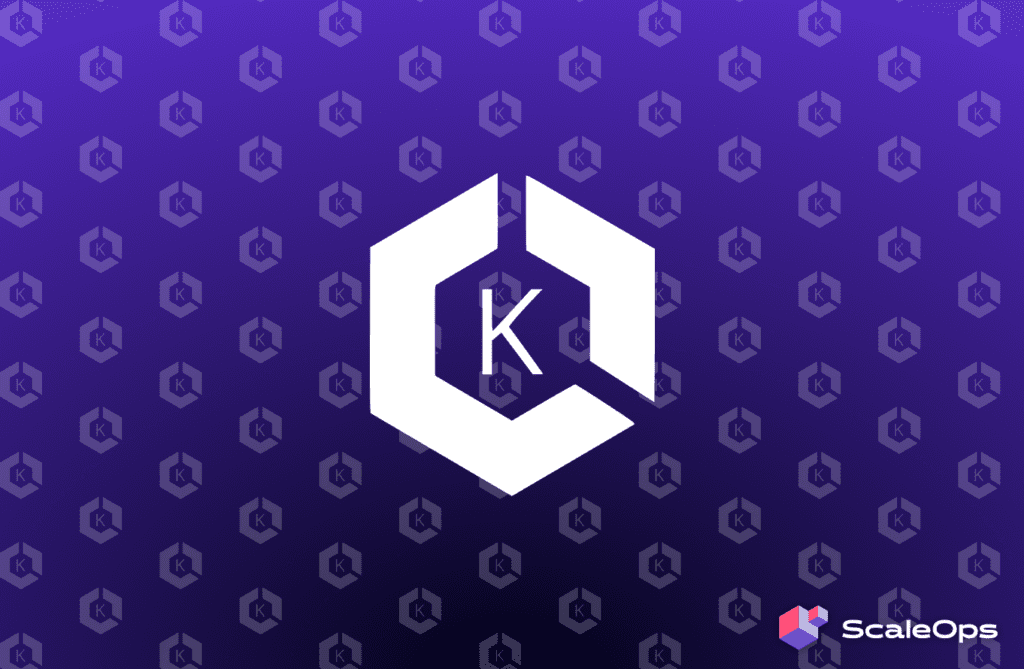
Amazon Elastic Kubernetes Service (EKS) cost optimization is the process of mini…

Google Kubernetes Engine (GKE) enables users to easily create clusters, deploy a…
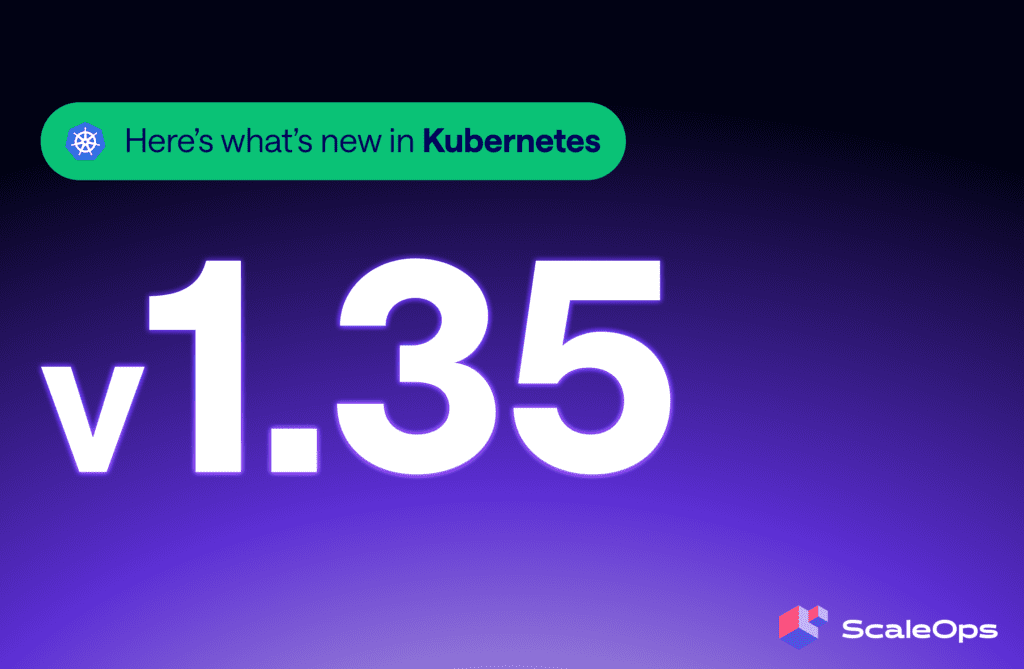
Kubernetes 1.34 gave us the building blocks: DRA went GA, PSI metrics landed in …
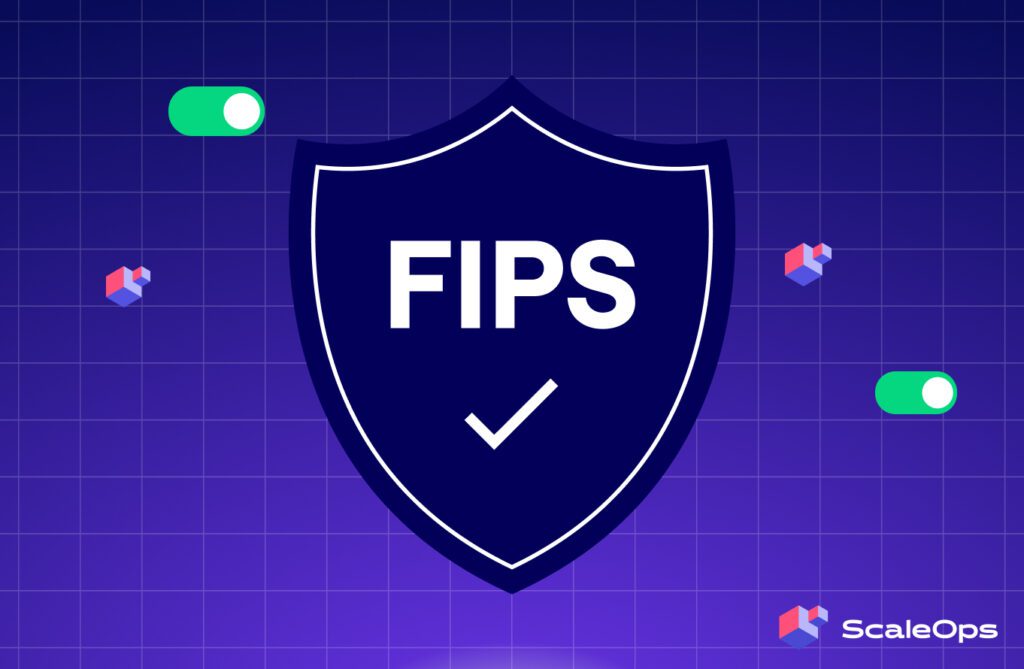
ScaleOps is now FIPS-compatible, enabling secure deployment inside FedRAMP-certi…

At scale, every platform or DevOps team runs into the same challenge: Kubernetes…
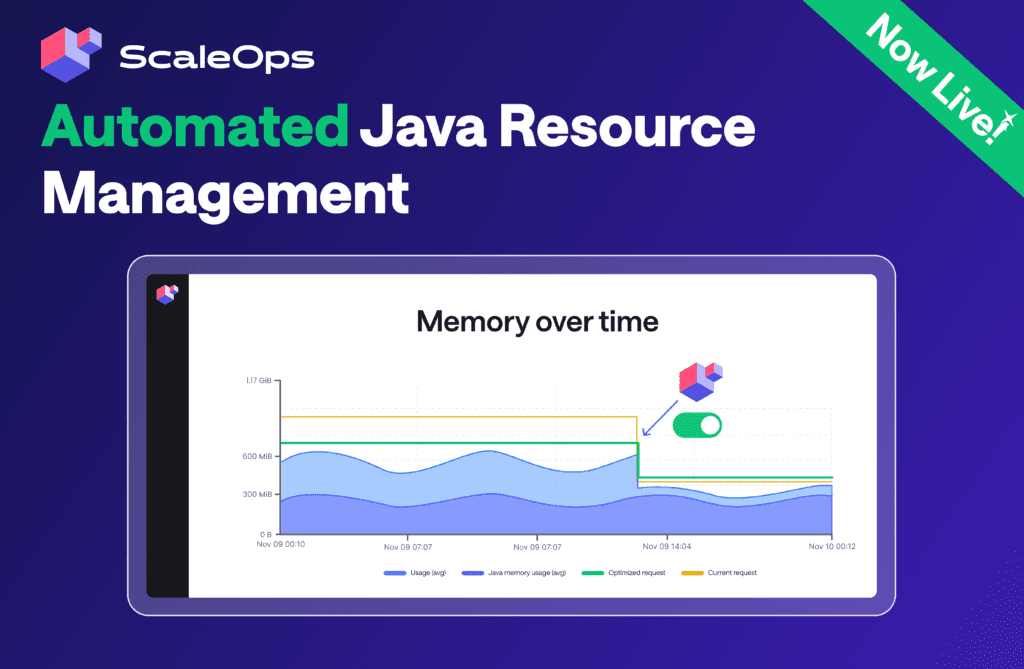
Java remains one of the most common languages for distributed systems, but manag…
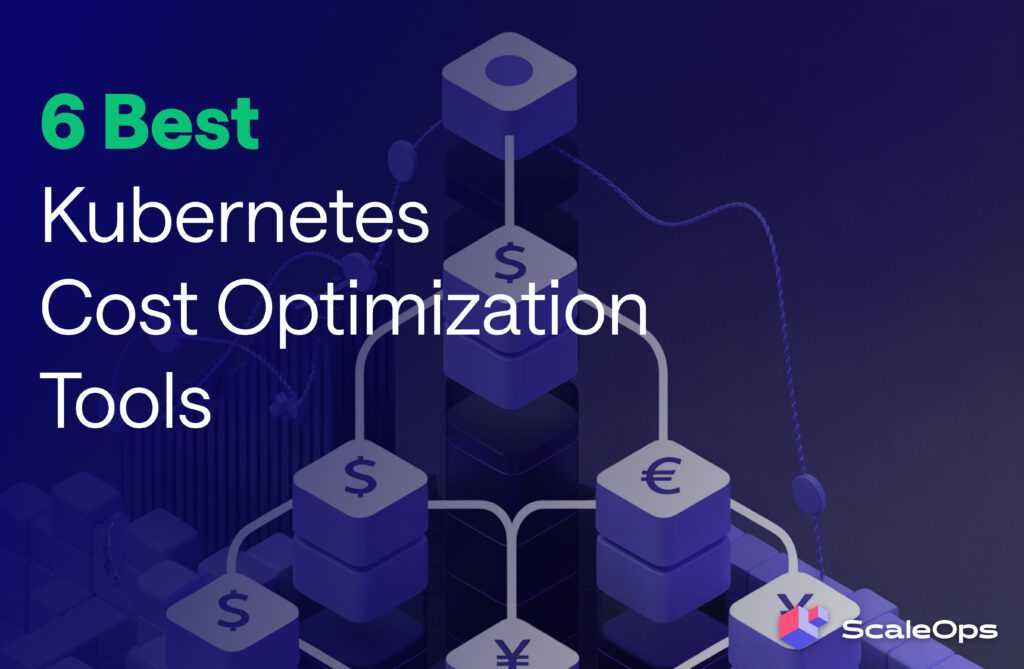
Independent benchmark: We tested the leading Kubernetes cost optimization softwa…
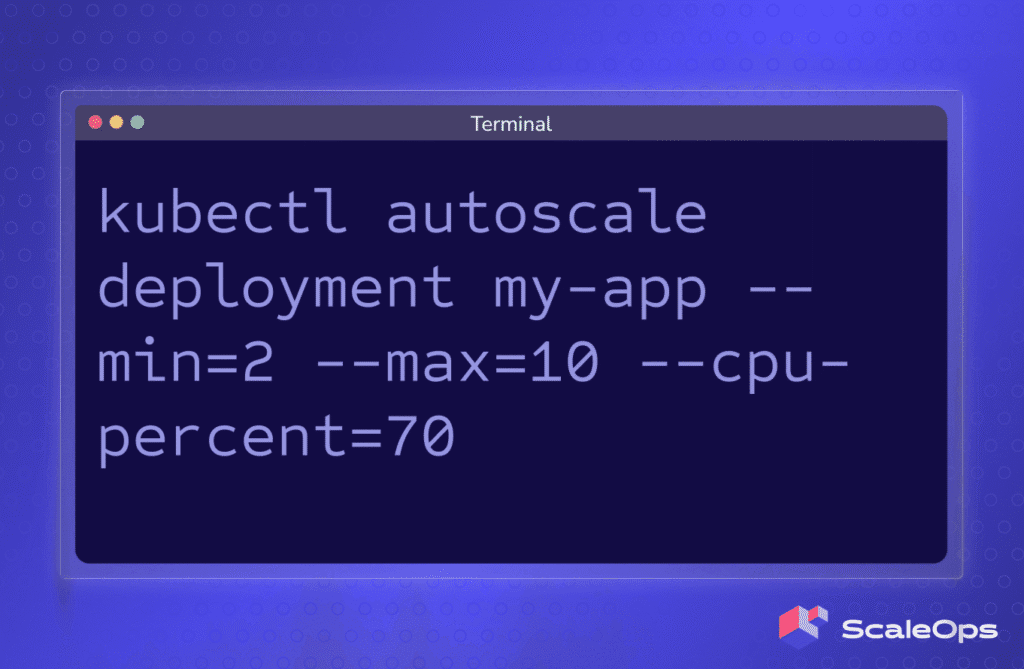
Static replica counts are a gamble you can’t win. You either overprovision and…